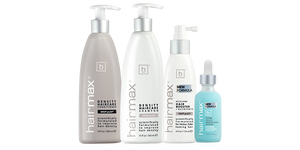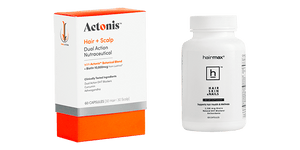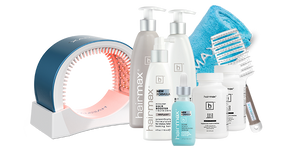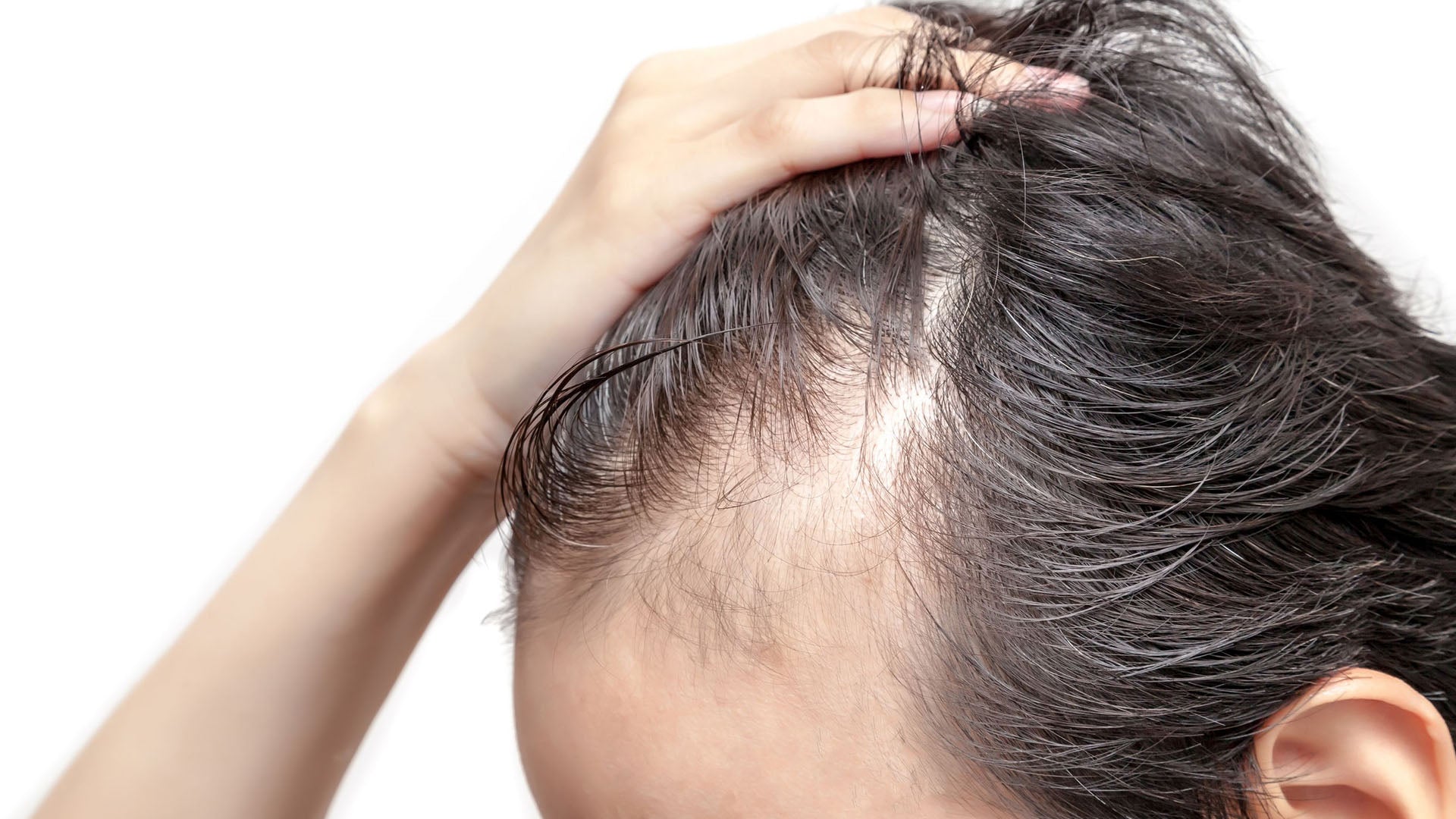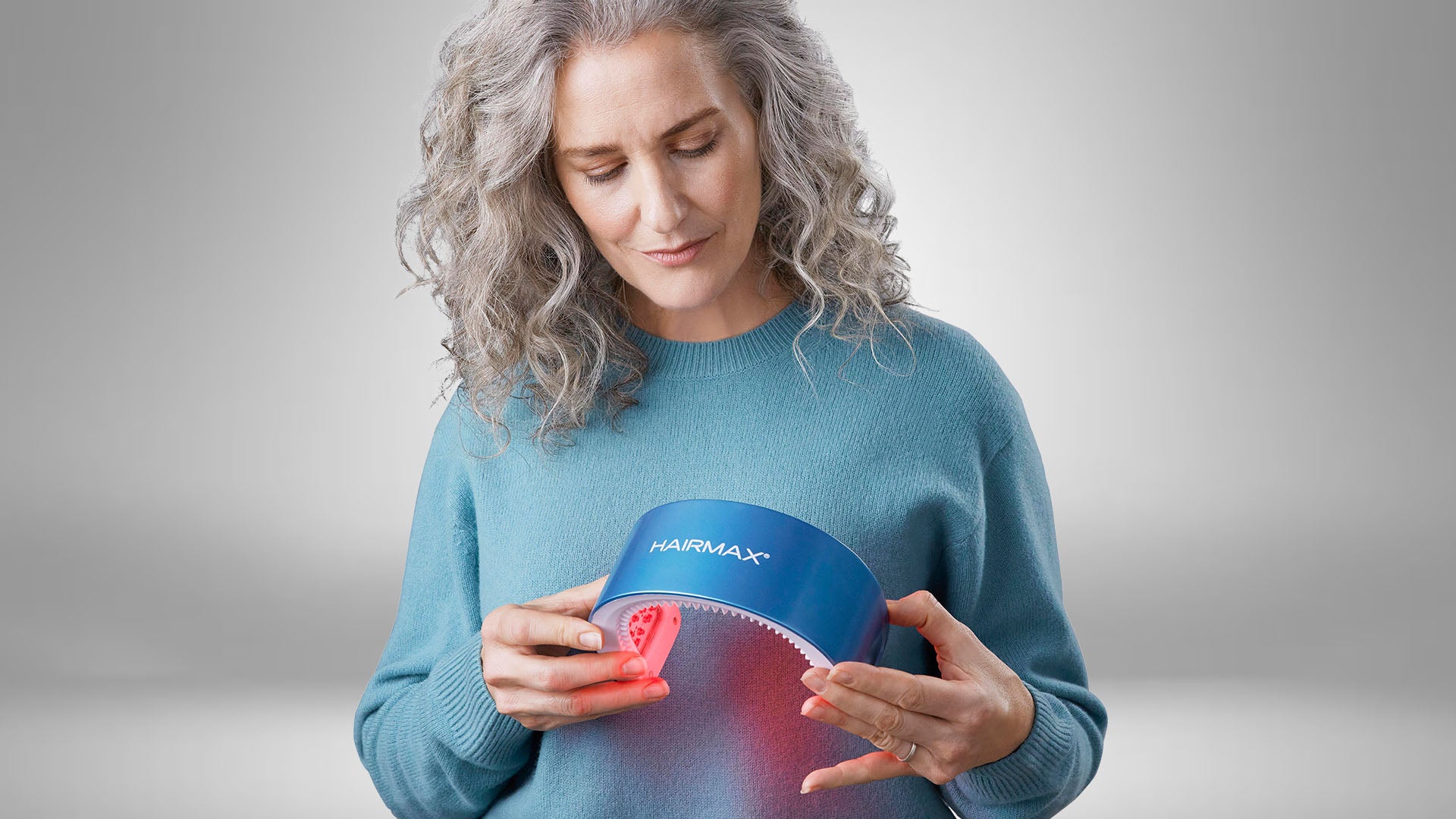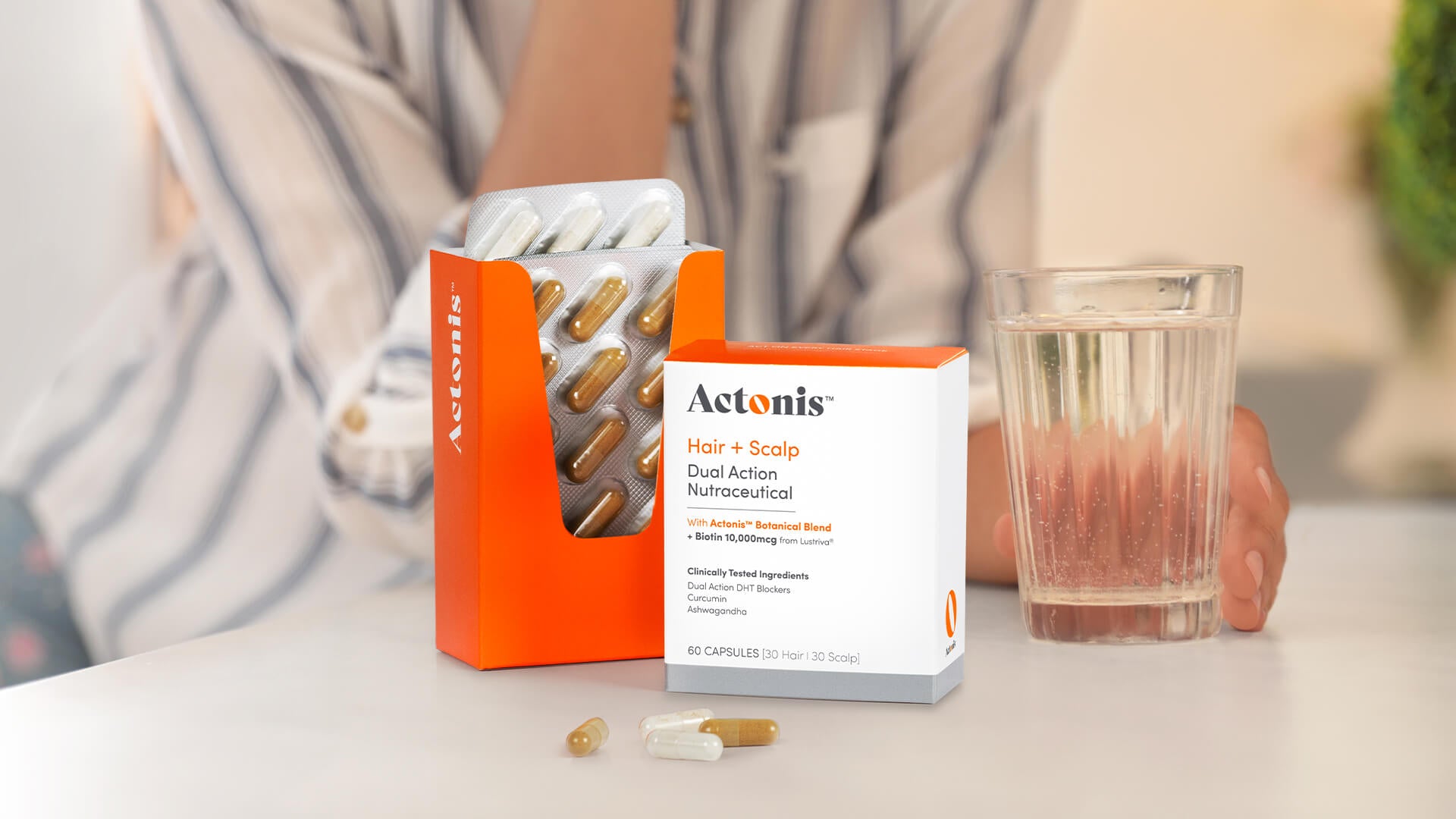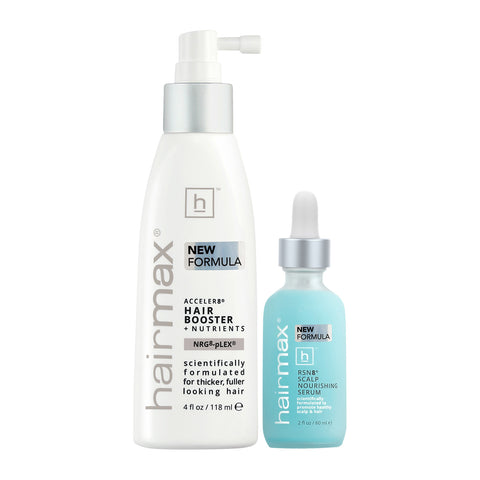Female Pattern Hair Loss (FPHL), the most common type of hair thinning in women, affects approximately one-third of all women at some stage in their lives.
This condition is driven by a mix of hormones, genetics, and aging, leading to a universal thinning across the scalp, often without affecting the hairline as it does in men. Aging, along with factors like hormonal imbalances, and a family history of baldness, can exacerbate this condition.
According to Harvard Health, two-thirds of postmenopausal women suffer from thinning and bald spots. Less than 45% reach 80 years old with a full head of hair.
If you're a woman experiencing hair loss, and you feel overwhelmed, know that although hair loss can be frustrating, there are options available to help regrow your hair.
This article will delve into the proven treatment options, with focus on the efficacy and advantages of Low Level Laser Therapy (LLLT) in managing female pattern hair loss.
Understanding Female Pattern Hair Loss
Female Hair Loss
Female Pattern Hair Loss significantly impacts women's emotional well-being, often more profoundly than men, due to societal expectations and norms around female appearance. Many women will spend thousands to make their hair smooth, shiny, and luscious. But at some point, most women will experience hair loss and thinning - especially with aging. Before it gets to this point where it's too late, is the prime time to begin LLLT.
Causes
Female pattern hair loss can be significantly influenced by various factors, including stress, medical conditions, and certain medications that disrupt the hair cycle. Hairstyling practices that create tension on the hair, frequent chemical treatments, and environmental exposure to pollutants and UV rays can also weaken hair and cause breakage. Additionally, smoking and excessive alcohol consumption can negatively impact hair health by reducing blood flow to the scalp and causing nutritional deficiencies.
However, the predominant causes of FPHL can be summarized to:
1. Aging
Aging reduces the body's ability to regenerate hair follicles, resulting in slower hair growth and more fragile strands.
2. Hormonal changes
Post-menopause, during and after pregnancy, and in conditions like polycystic ovary syndrome (PCOS).
3. Genetic predispositions
While heredity plays a crucial role, the interaction of multiple genes makes the influence of androgens more complex to ascertain compared to male pattern baldness.
Diagnosis
FPHL primarily manifests as gradual thinning at the part line, coupled with diffuse hair loss from the scalp's top. This condition is meticulously classified using the Ludwig Classification, which categorizes FPHL into three severity types:
Type 1, Type 2, and Type 3.

The typical progression of FPHL involves a receding hairline near the temples and a widening part, often described as a "Christmas tree pattern."
Unlike other conditions that cause hair loss, FPHL usually does not come with scalp itching or sores. Diagnosis involves a detailed look at the pattern and history of hair loss. Tests such as skin biopsies or blood tests can also be used to rule out other causes.
Proven Treatment Options
Here are the most common treatment options for female pattern hair loss:
1. Minoxidil
A topical medication commonly used to promote hair growth and treat hair loss.
2. Low Level Laser Therapy (LLLT)
Non-invasive treatment that uses low-level lasers to stimulate hair regrowth. Hairmax is the laser hair growth industry leader and was granted the first FDA Clearance for LLLT technology for home use.
3. Needle Transplant (Hair Transplant Surgery)
Transplanting hair follicles from one part of the body to the thinning or balding areas.
While invasive medical procedures such as the derma roller and needle transplant can have great results, they are often recommended only in severe cases of hair loss and may be painful.
The only 2 options that are non-invasive and have the FDA clearance/approval are LLLT and Minoxidil. In this article, we detail those two, as the favorable options for addressing FHLP.
Minoxidil
Minoxidil, originally developed to treat high blood pressure, has found its niche in stimulating hair growth when applied directly to the scalp. As a topical solution that stimulates hair growth, it is particularly effective in treating female pattern hair loss. Available in both 2% and 5% solutions, Minoxidil is the only FDA-approved medication for treating hair loss.
Minoxidil works by enhancing blood flow to hair follicles, which can help to reverse the shrinking of follicles and extend the growth phase of the hair cycle. For women experiencing thinning hair, minoxidil offers a clinically proven option to not only slow the progression of hair loss but also to regrow some hair.

While it can take up to two months to see initial results, the peak effect generally occurs around four months. However, it requires continuous use of two times every day to maintain regrowth, and the side-effects can include alterations in hair texture and irritation of the scalp. If continuous use of Minoxidil is not maintained, then the regrowth will eventually cease.
Studies have found that Minoxidil works especially well in combination with other treatments, specifically with Low Level Laser Therapy.
Before using Minoxidil, talk to your doctor, especially if you have heart issues or high blood pressure. Although the 5% Minoxidil solution is more effective, it is prone to cause more side-effects and women are advised to approach it with care.
Low Level Laser Therapy (LLLT)
Aside from medication, Low level Laser Therapy (LLLT) devices offer a non-invasive, drug-free solution without the side effects associated with pharmacological treatments and invasive procedures. LLLT only needs to be used for a few minutes, three days a week. Clinical studies highlight LLLT's efficacy in not just halting hair loss but also in promoting regrowth, making it the preferred choice for many women battling female pattern hair loss.
Hairmax's laser products have a significant following among women seeking solutions for hair growth, with many reporting positive results. Many women who are careful with what they put in and, on their bodies, prefer LLLT because of the safety and reliability it offers.
Role of LLLT in Female Pattern Hair Loss
How does LLLT work?
Low Level Laser Therapy (LLLT) works by using red light or near-infrared light to penetrate the scalp and stimulate hair follicles. This light energy increases blood circulation and boosts cellular activity through photobiomodulation, which stimulates the cells to generate more energy and undergo self-repair. This can help to revitalize dormant hair follicles, encourage new hair growth, strengthen existing hair, and promotes the growth of new hair over time.

Comparative Efficacy
Studies reveal that LLLT matches the hair growth efficacy of Minoxidil, with the added benefit of no significant side effects. Moreover, when used in combination with Minoxidil, results show even greater improvement, as part of a multi-therapy approach.

Treatment Protocol and Real-World Effectiveness
Hairmax has conducted 7 clinical studies with 460 men and women, which demonstrated overall clinical effectiveness of 93%.

Conclusion
Throughout the exploration of Female Pattern Hair Loss (FPHL), we concluded how it differs from male pattern baldness, and what it usually means for women to experience hair loss.
As for best treatment options, we mentioned two that are FDA backed. First, Minoxidil, as a topical drug with proven effectiveness. Secondly, Low Level Laser Therapy (LLLT). LLLT offers a non-invasive, safe solution that has helped countless individuals rediscover the joy of having healthier hair.
Dealing With Hair Loss as a Woman
Let the journey towards effective hair restoration begin with informed decisions and a proactive approach. As hair loss is inevitable at some point in our lives, it's important to understand the options available to regain control and confidence. Remember that experiencing hair loss is a normal part of life for many, and the most productive way to overcome it, is to educate yourself on the available options.
Alongside effective treatments like LLLT, maintaining a healthy lifestyle plays an integral role in your hair's health. A balanced diet, regular exercise, and ample hydration helps for your overall well-being and, by extension, the vitality of your hair.
Remember, every step you take towards understanding and treating your hair loss is a step towards regaining your confidence. With commitment, the right treatment, a supportive community, and a healthy lifestyle, you can navigate this path and come out stronger.

